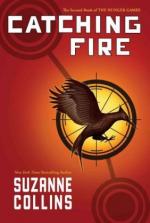|
This section contains 701 words (approx. 3 pages at 300 words per page) |

|
Different scenarios may arise after a summer thunderstorm blasts the ground with lightning, and one of the most important factors that determine the consequences of a lightning strike is the location of the strike.
In one case, for example, dry lightning strikes a dead and withering snag lying on the ground and produces a thin, waving column of smoke that ascends above the dead tree trunk. Suddenly, minuscule flames appear and start crawling under the ground cover, burning a path through a thick layer of organic debris topped with dead twigs, leaves, branches, pinecones, and other plant and animal remains. The fire continues smoldering-burning without large flames-for many months, never visible above the ground. When cooler weather approaches, rain or snow extinguishes the fire after it has burned about two acres. These fires usually go unnoticed.
When summer lightning zaps...
|
This section contains 701 words (approx. 3 pages at 300 words per page) |

|




